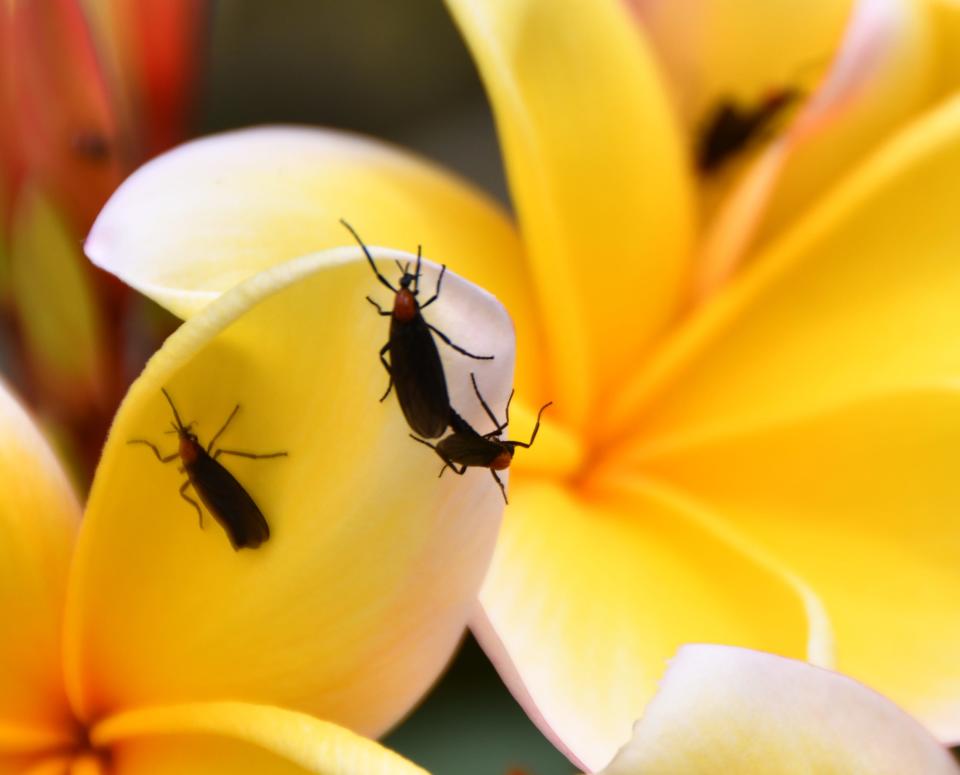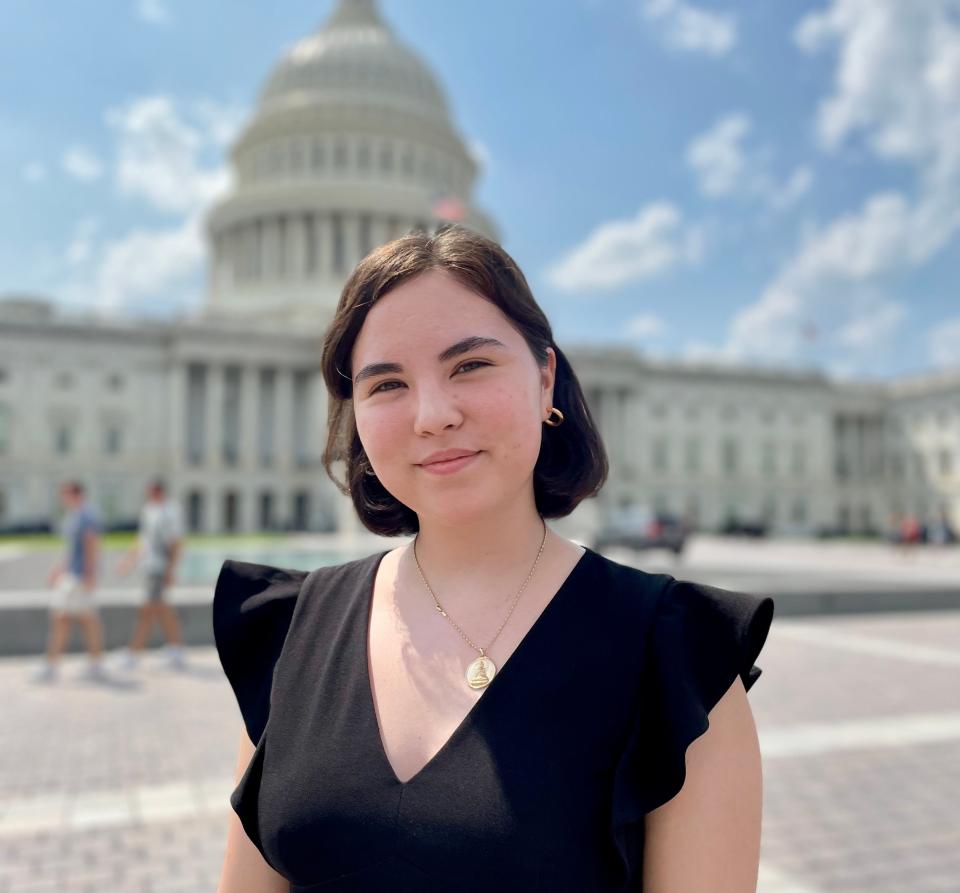Don't be so quick to wish the bugs away, we need them | Opinion
When I was in kindergarten, the month of September was a special time. When the teachers let us out of class for recess, we would run for the playground, all the while jumping in the air, whooping, cupping our hands together, trying to catch the elusive pairs of black and red insects that abounded around us.
September passed this way until, suddenly all of a sudden, all of the bugs would disappear. Adults were left to scrub their car windshields while we forlornly returned to our regular playground routine. That is, until the cycle repeated.
This probably sounds familiar to you ― lovebug season was once a staple of the changing seasons in Brevard.
But a few months ago I realized I couldn’t remember the last time I saw a lovebug. At some point in the years between kindergarten and college, all of the bugs had disappeared ― this time, for good. And whether you miss them or not, their disappearance is a worrying sign.

Across the world, scientists have noticed extreme and swift declines in insect populations overspanning the last few decades, with some scientists estimating as much as a 75% reduction in insect biomass worldwide in the last 50 years.
Dave Goulson is a professor of biology at the University of Sussex who specializes in bee ecology. He’s also the author of several books on the subject of insect declines, including Silent Earth: Averting the Insect Apocalypse.
“[The rate of decline] varies geographically and depends on which group of insects you look at,” he said. “Some of the more dramatic rates of decline seem really alarming. One famous German study found 76% decline in 27 years.”
More: Could climate change push more croc-like creatures Brevard's way?
WHAT HAPPENS IF INSECTS DISAPPEAR?
Insect decline is certain to have disastrous consequences for humans. We cannot afford to lose these species ― they’re the pollinators who tend our crops or the predators who consume our pests.
Goulson feels that if insects continue to disappear at current rates, it will not be long before humans feel the impact. The U.S. Natural Resources Conservation Service reports 35% of the world’s food crops depend on pollinators.
“If insect populations continue to fall, and at the same time the human population continues to rise, then something’s gotta give. It won’t affect people in rich countries terribly much, because most of us can afford to pay more for our food. But in developing countries where they’re already struggling to afford food, that’s where it’s really going to hurt. Ultimately, millions, possibly billions, of people could die,” said Goulson.
More: Releasing these wasps in your yard can save your citrus trees | Sally Scalera
For years, scientists have sought a precise answer to the mystery of insect declines. Are insects being wiped out by habitat loss, or by climate change? Pollution, or pesticides? Eventually, scientists arrived at an unfortunate conclusion: all of these factors are driving insect declines, plus many more we probably do not know about.
“It’s so many different things and it’s really hard to tease them apart,” said Grames. “Pesticides and land use change, combined with climate change, is operating everywhere. All of these things interact and feed off of each other.”
Goulson sees one factor as a frontrunner.
“I think globally, habitat loss is the biggest driver. We’ve been radically changing habitats for many centuries. Habitat loss is also interwoven with the intensification of farming and pesticides, because a lot of that habitat loss is to clear land for agriculture,” said Goulson. “It’s hard to disentangle.”
There are countless organizations and individuals who are seeking to make the world a safer place for insects to thrive. But just as the causes of the insect crisis are varied, so are the solutions. In order to halt or reverse insect death, governments and corporations must work to stop habitat loss, plant and protect native plants, cease using dangerous pesticides, and fight climate change. That’s a tough bill to foot, even if the world were fully dedicated to the insect cause.

Beyond policy changes, however, there are also solutions that individuals can create in their own communities that could make major improvements.
“One of the positive things about this whole subject is that people can do something themselves,” said Goulson. “Insects are everywhere: they’re in our backyards, they’re in local parks and cities. Making a garden more wildlife-friendly is easy to do: don’t use any pesticides, grow some native wildflowers, don’t mow the lawn all the time. Simple stuff. And if we did that on a large scale, that would certainly be a step in the right direction.”
Goulson also emphasizes that individuals have the power to make change when it comes to larger issues.
To protect Brevard’s insects, consider turning off outdoor lights at night, planting native plants, and voting for green policies. You can also help stop the spread of neonicotinoids by avoiding neonic pet flea treatments and buying organic produce. If even a few Brevard residents make small changes like these, Brevard’s insect helpers will thank us.
Phoenix Boggs a Brevard resident and current student at Yale University. I am also an Associate Editor of the Yale Politic, an undergraduate political journal.
This article originally appeared on Florida Today: Insect decline is certain to have disastrous consequences for humans

